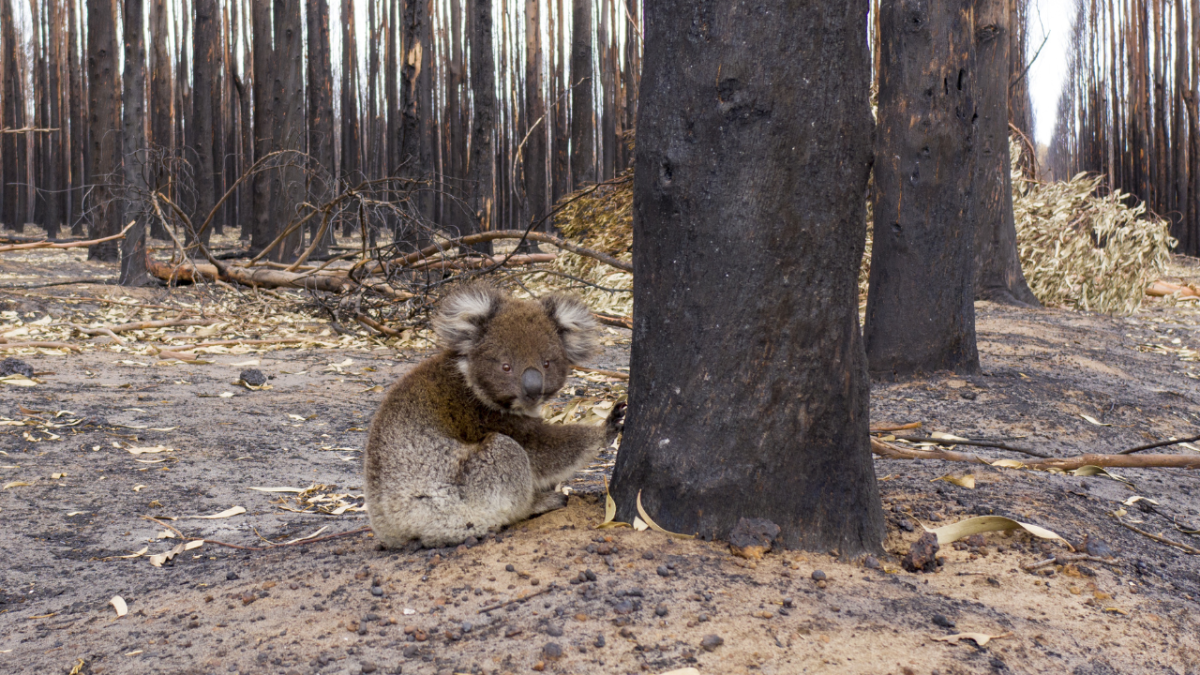
Environment minister Tanya Plibersek has launched the Federal Government’s new threatened species action plan with the ambitious goal to stop further extinctions in Australia.
It’s the first time any government has set such a target to protect Australia’s flora and fauna.
The 10-year plan will prioritise 110 species and 20 places and protect an additional 50 million hectares of land and sea area by 2027, which would ensure Labor’s election promise to protect 30 per cent of land and 30 per cent of sea areas by 2030 is fulfilled.
“Our current approach has not been working,” Plibersek said on Tuesday morning.
“If we keep doing what we’ve been doing, we’ll keep getting the same results. Australia is the mammal extinction capital of the world.”
The new threatened species action plan was written in response to the shocking State of the Environment report that was published by the government in July.
The report showed widespread environmental degradation between 2016 (the year the previous report was published) and 2021 due to climate change, habitat clearing, pollution, mining and invasive species.
It found the rate of deterioration had sped up since the 2016 report, with many more animals added to the endangered species list and at least 19 ecosystems showing signs of collapse or near collapse.
“We’ve seen around 100 species lost in the time since colonisation and we absolutely have to turn that around,” Plibersek said.
The threatened species action plan will also draw heavily from “First Nations’ knowledge”, but it has so far only put out an “open invitation” to conservationists and groups to contribute to recovery and monitoring activities, including cultural burning, research and ranger positions.
Conservationists say the clear objectives of the plan are a great start, but prioritising certain species over others is playing favourites and the plan doesn’t go at all far enough to be able to save all 2000 species on the endangered list.
“Halting extinctions is achievable, particularly for a wealthy nation with science-based solutions,” chief conservation officer at WWF-Australia Rachel Lowry said.
“[But] Australia has more than 1,900 listed threatened species. This plan picks 110 winners.”
The government has committed $224.5 million to the 10-year plan, but scientists estimate $1.69 billion a year is needed to tackle Australia’s extinction crisis.
The Greens also said the goal would be “unattainable” if new coal and gas reserves continued to open or expand.
“While land clearing of critical habitat for mines and developments continues and new polluting fossil fuel projects make the climate crisis worse, our wildlife don’t stand a chance,” Senator and environment spokeswoman for the part Sarah Hanson-Young said.
Labor approved proposals to expand and reopen mines in the Hunter Valley last month, which would emit up to billion tonnes of CO2.
Plibersek said the government would need to work with state and territory governments to ensure species and habitats in the Hunter Valley region were protected.
She also said Australia needed massive environmental law reforms to ensure plants and animals were protected in future.
“We know that our environmental laws at the moment are not fit for purpose. Our environmental laws at the moment are slow and cumbersome for business and don’t give plants and animals and landscapes the protections they need. So we do need to reform our environmental laws.”
New laws are expected to be introduced to to Parliament next year.



